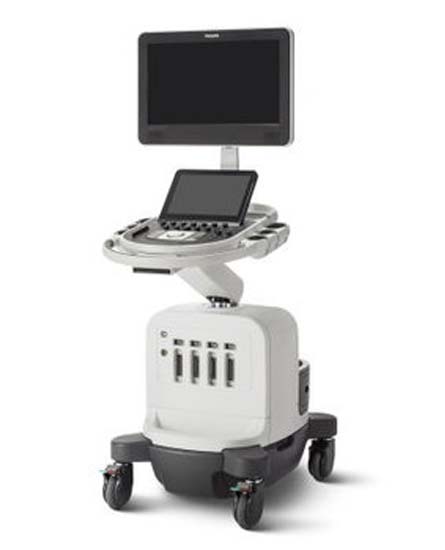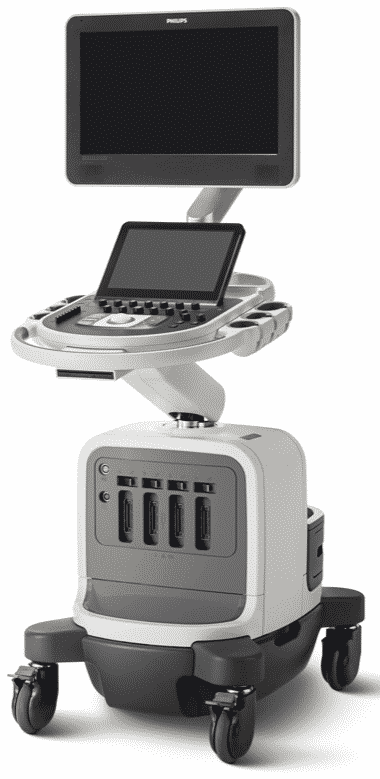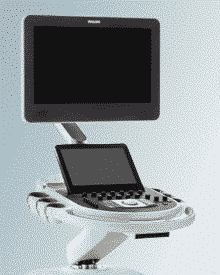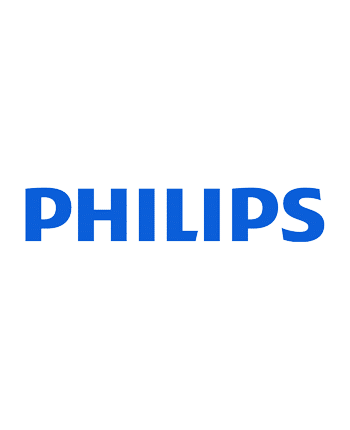Philips Affiniti 50
Call to configure, special pricing available 317-759-9210
The refurbished Philips Affiniti 50 is a midrange shared service ultrasound machine that was developed from the premium Epiq 7. The Affiniti 50 for sale is shaped after the more expensive Affiniti 70 and offers many similar features and also shares the same technologies as the Epiq series, including QLAB onboard quantification set. Without the added single crystal probes or Shearwave elastography, the Affiniti 50 is the less expensive option, keep in mind that medical professionals who need these advanced technologies should consider the Affiniti 70.
As a budget midrange ultrasound machine, the Affiniti 50 excels at women’s health, cardiology, vascular, and radiology applications. The increased ergonomics and faster workflow of the Affiniti 50 along with its clear image quality make this machine a significant step up from the less expensive ClearVue series.






